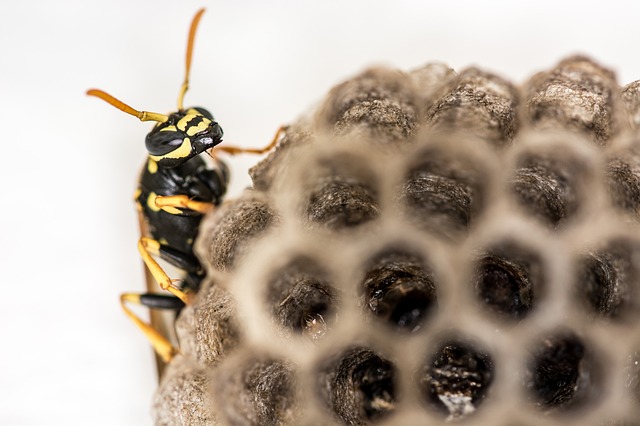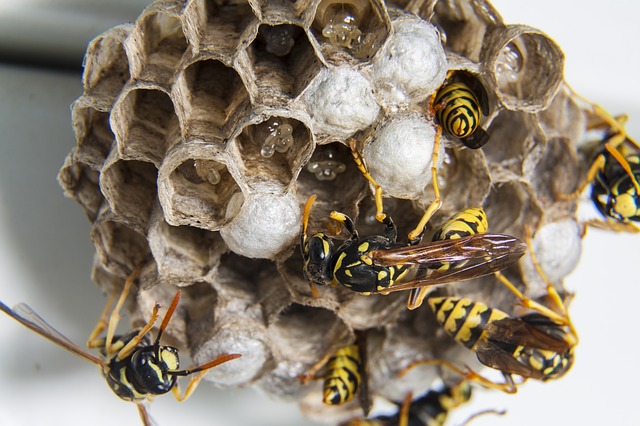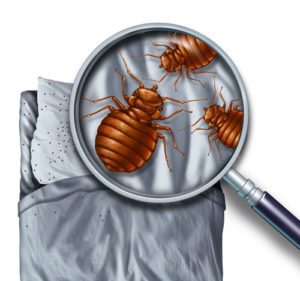In the winter, we automatically assume that most vermin and insects go into hibernation. And it often begs the question, do wasps hibernate along with the rest of them? Do they stay in their nests, waiting to pop out again in Spring and continue their stinging and picnic-ruining behaviour? We want to answer that question for you!
Varied Habits Among Species
Wasp hibernation is often talked about because some wasps hibernate and others don’t. The ones who don’t hibernate have different winter wasp behaviour than they do in the Spring. Which is another question a lot of people have – when do wasps wake up – which is usually when the weather gets warmer in the Spring.
Knowing when do wasps hibernate is important for effective wasp control. There is only one wasp who will hibernate over winter, and that is the queen. She will go to sleep, emerge in Spring and start building her nest to breed in. Her wasp hibernation behaviour is critical to the survival of her colony.
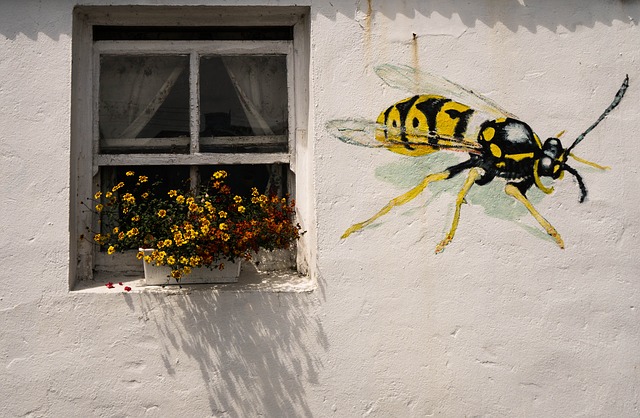
When Do Queen Wasps Hibernate?
Queen wasps will fall into a deep slumber in dead logs, sheds, lofts and numerous other areas around the UK. And all the other members of the colony die over winter. This is why it’s so vital that the queen survives so she can repopulate in the spring and summer. The process is by no means easy for the queen, as she has to change her behaviour drastically and within a certain time limit to prevent freezing, starvation or being eaten by predators.
As Autumn rolls around, the availability of food becomes less and less, and this is when the worker wasps will slowly start to die off. Drones live for a little longer because they will still be searching for a queen to mate with, but once the first frost hits they will die off too. This just leaves the mated queens behind, with a long winter ahead of them. A queen will adapt to ease the struggle for her survival.
Where Will The Queen Hibernate?
Now we know the answer to do wasps hibernate, the next question is where. The first step a queen wasp has to take is to find herself a nice place to fall asleep in for the winter. This place must meet very specific criteria for it to be fit for a queen. The most important thing that the place must have is great insulating. This protects the queen from the cold over the winter. Of course this is all dependent on how cold the place is. Some wasps in Alaska have been found covered under 60cm of snow and leaves. However in the UK it’s more common to find them in a log pile or in dead leaves.
Queen wasps will often avoid moist areas for their hibernation as well, as this could harbour germs and bacteria that could slowly kill a queen. Plus having moisture in a damp area has the problem of freezing, which would also kill the queen. Therefore you’re more likely to find the hibernating wasp somewhere dry and insulated – which is why your loft or shed makes an ideal place for a queen wasp to infest.
Vulnerability To Predators
Another thing a queen wasp has to be careful of is predators. Wasps aren’t the only ones looking for dry and secluded locations ready for the winter. Many different insects will feed on queens, and it’s the number one reason why most queens don’t make it to see the spring. However, even when the queen is hibernating, she can still use her sting to protect herself. This is a huge advantage that often deters predators from going near a queen wasp.
Once the wasp is all safely tucked away for the winter in a dormant state, she will wait until spring. This period varies depending on how bad the winter has been, but it’s normally around March when she will wake up again. When she wakes up, it’s time for you to be more vigilant about wasp control around your home.
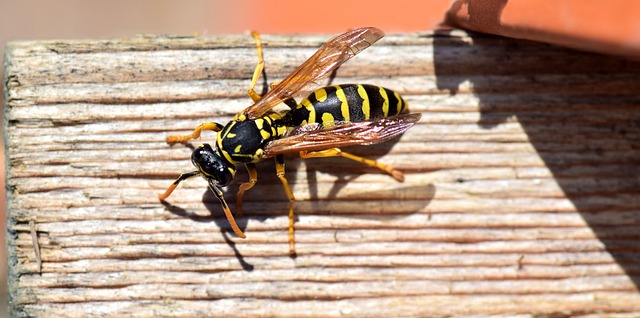
Action Check List
Hopefully you enjoyed our investigation into the question of do wasps hibernate, but what can you do next? Here are our top tips for preventing wasps entering your home or business once spring rolls around. That’s when the wasps will be looking for a place to build a nest.
- Inspect your property at the beginning of spring, paying particular attention to the places a queen wasp may find inviting. These places could be in your loft, inside your walls, in your shed, under decking and even in your gutters.
- Fill in the cracks and openings around your garage, shed and outer walls to prevent queens from using them as entry points.
- If you know wasps are more prominent in your area, try to keep your windows and doors closed as much as possible so you take away any opportunity a wasp has to infest. Or fit insect nets.
- If you find a queen starting to make a nest on your property, get it dealt with immediately. A small wasp nest is easily removed by professionals. Waiting will make the problem worse, and can be very costly and dangerous to handle once it becomes a full blown colony.


